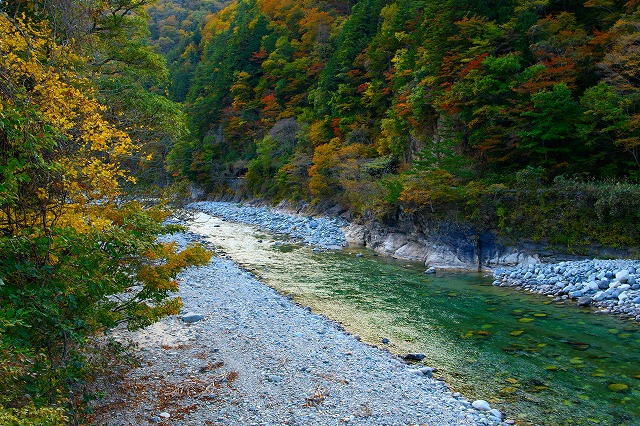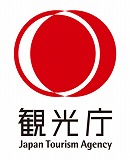最終更新日:2023年12月4日

Shirakawa-go
The name Shirakawa, meaning “white river,” has been used for the area around the Sho river valley in present-day Gifu Prefecture for centuries. The “white river” epithet refers to the waters of the Sho, which often appear cloudy due to hot spring minerals that are emitted from beneath nearby Mt. Haku, a dormant volcano, into one of the river’s tributaries.
During the Edo period (1603–1867), Shirakawa encompassed 42 settlements, which together were referred to as Shirakawa-go (“Shirakawa township”). Unlike most areas in Japan at the time, which were administered by local samurai lords or daimyo, Shirakawa-go was under the direct control of the Tokugawa shogunate (central government). The shogunate procured mainly timber, but also some precious metals, from this comparatively sparsely populated part of the country.
After the fall of the shogunate and the accompanying restoration of imperial rule in 1868, Shirakawa-go was split into two administrative units, Shirakawa and Shokawa. Twenty-three of the 42 settlements became Shirakawa village, which survives to this day. The rest were allocated to Shokawa village, which is now part of the city of Takayama.
The name Shirakawa-go is still used in reference to the historical area, but should not be confused with the smaller Shirakawa Village.
Hida
Shirakawa-go is part of the Hida area, which extends across northern Gifu Prefecture west of the Hida mountain range and, in addition to Shirakawa, includes the municipalities of Takayama, Hida, and Gero. From ancient times until 1871, this area was called Hida province, a rural, relatively minor part of the country known mainly as a source of timber and metals. After the decline of the centralized state in the medieval period, Hida was contested by a number of warlord families, who built castles and outposts throughout the area. One of these fortresses was Ogimachi Castle, the site of which is now used as a scenic lookout where visitors can view the historic village of Ogimachi from above. In 1692, the ruling Tokugawa shogunate (central government) assumed direct control over the area and proceeded to govern it from the city of Takayama, which remains the largest population center in Hida. By the Meiji era (1868–1912), the key industries of forestry and mining were joined by sericulture, which flourished well into the twentieth century, particularly in Shirakawa-go.
この英文解説は、2021年観光庁「地域観光資源の多言語解説整備支援事業」により整備しています。
This English description is provided by the "Multilingual Commentary Project 2020" of Japan Tourism Agency.

Back Home